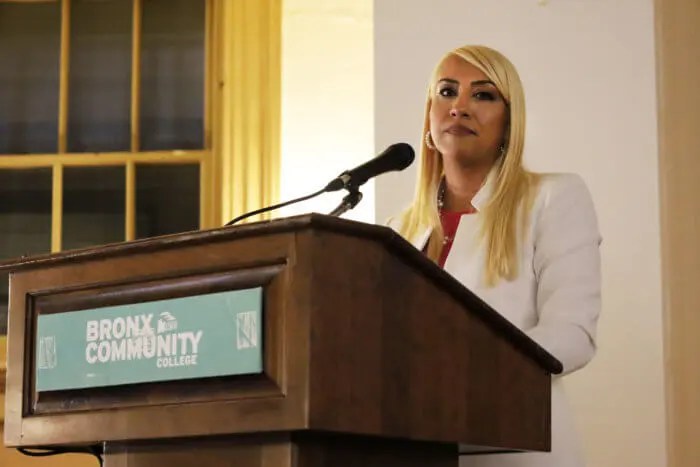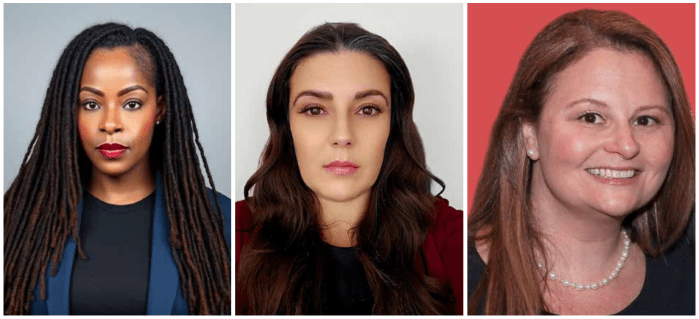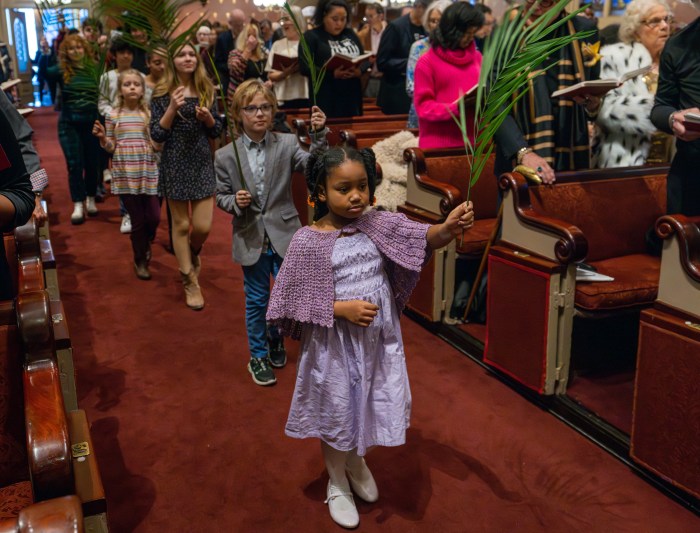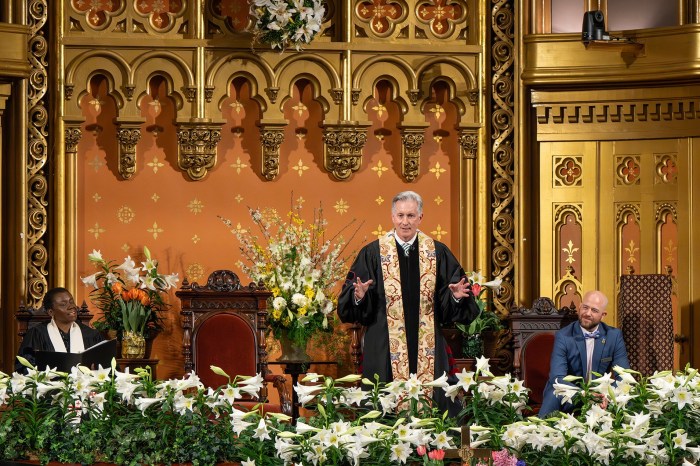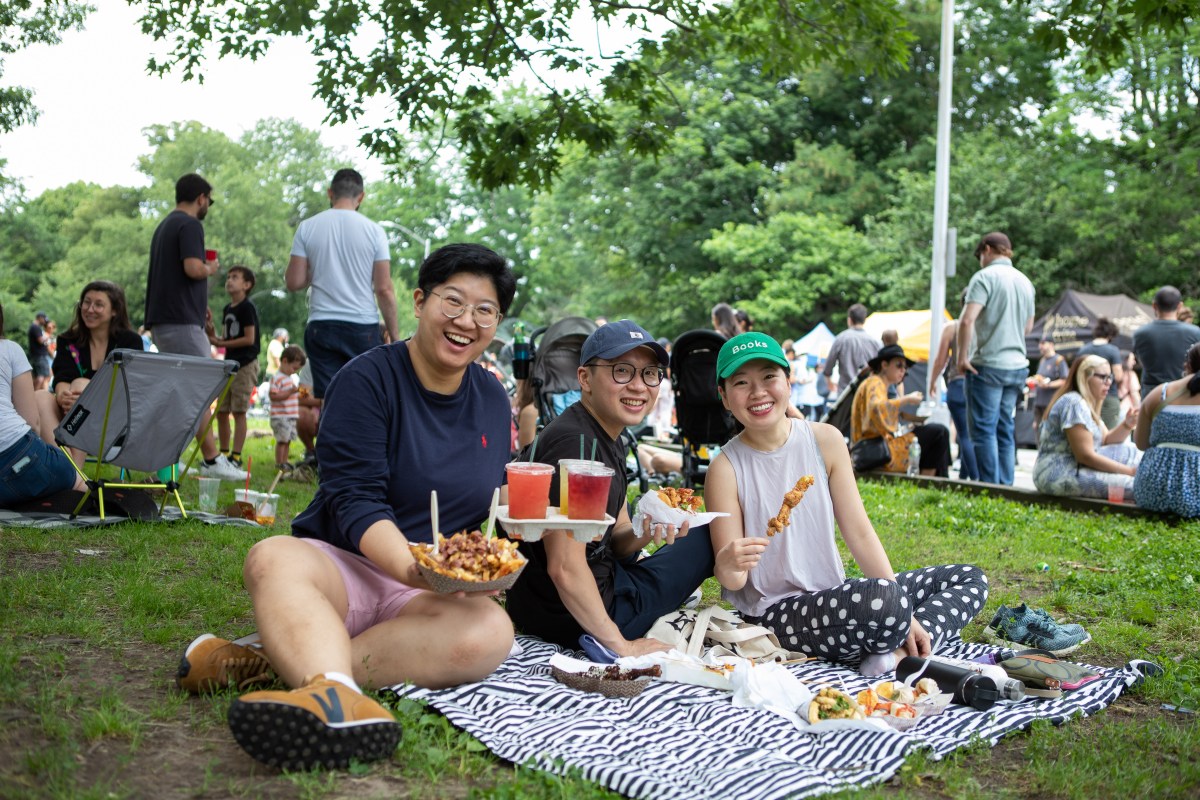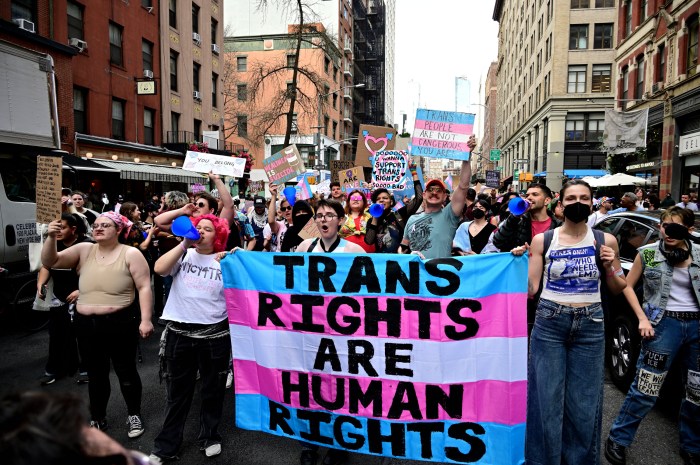Chief Administrative Judge Joseph A. Zayas, who oversees one of the most complex court systems in the United States, is focused on expanding problem-solving courts and improving public confidence in the judiciary.
Zayas, who was appointed chief administrative judge in May 2023, manages New York’s statewide court system, which includes a $3.7 billion budget, 3,300 state and local judges, and over 15,000 staff across many locations. Zayas, a former Legal Aid attorney and Queens administrative judge, is known for his passion for problem-solving courts. His efforts are grounded in a desire to provide alternatives to traditional incarceration.
“When I was a Legal Aid attorney, I saw firsthand the struggles of clients with serious mental health or substance use issues,” Zayas, who is the first Latino to be chief administrative judge, recalled.
His experiences in the ’90s, when he worked to help clients–who were often marginalized by the justice system–set the foundation for his future judicial work. Now, as chief administrative judge, Zayas is pushing to expand treatment courts–such as drug courts and mental health courts–believing that they offer a more compassionate and effective form of justice.
Zayas was appointed to the position by Chief Judge Rowan Wilson, who was confirmed as the state’s chief judge in April 2023. Wilson, the first Black person appointed to the role, is the chief judicial officer of the state of New York and the chief judge of the Court of Appeals, the state’s highest court.
“What we’ve been doing since [Rowan Wilson] was appointed chief judge is everything we can to expand our treatment courts and alternatives to incarceration, and to resource them better,” Zayas said in a recent interview with amNewYork Law.
A call to service
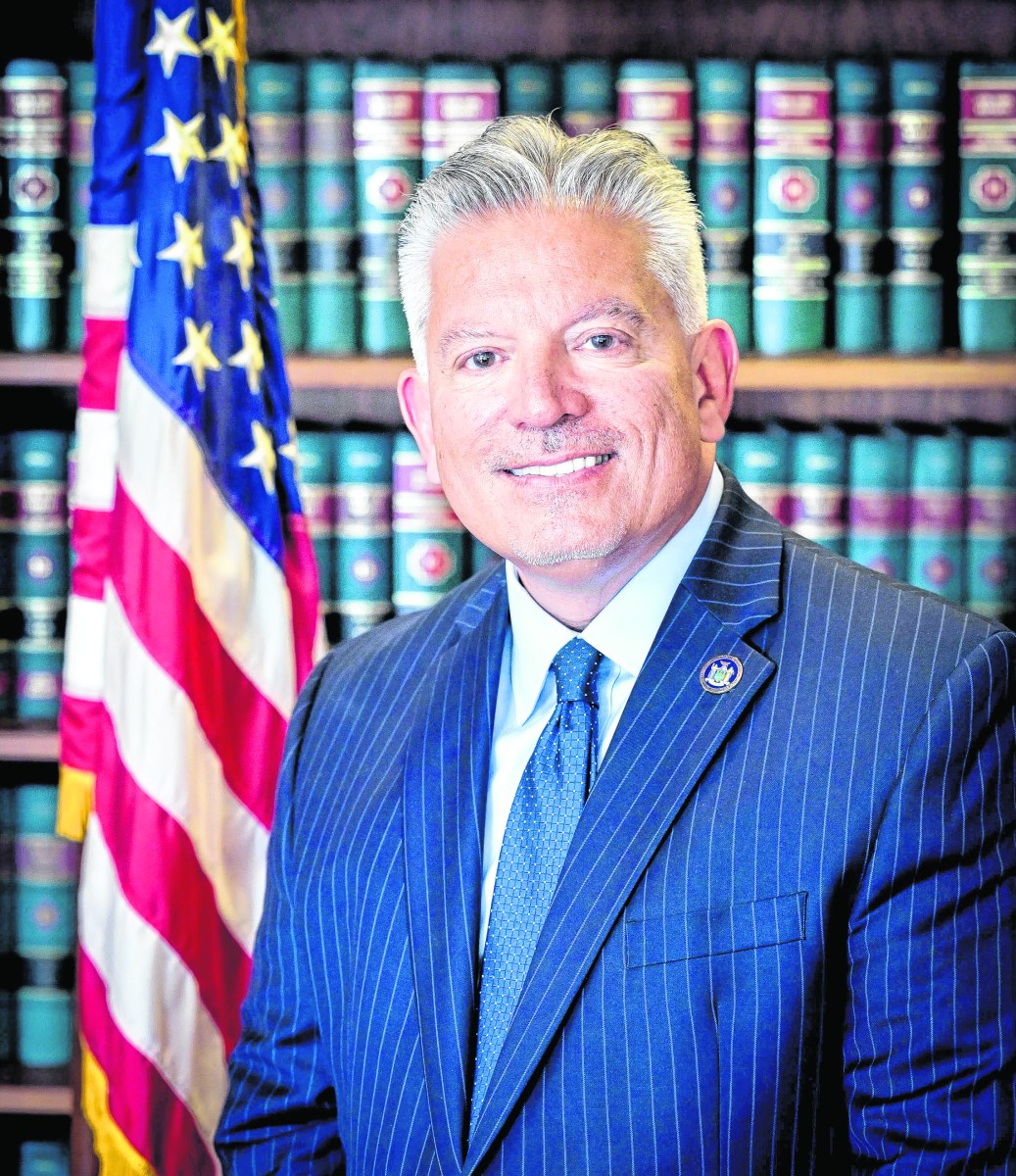
Zayas grew up in public housing projects in West Harlem. After graduating from Columbia Law School, he worked as a Legal Aid lawyer and a law clerk before being appointed to the Criminal Court bench by Mayor Michael Bloomberg in 2003. He was reappointed in 2010 and became an Acting Supreme Court justice that same year, and was named a Court of Claims judge by Gov. Andrew Cuomo in 2012.
The following year, Zayas assumed the role of Administrative Judge for Supreme Court Criminal Term in Queens. In 2016 he ran a successful campaign for Supreme Court and was appointed to the Appellate Division, Second Department by Cuomo in 2021.
Zayas was pleased with his role on the appellate court bench, where he reviewed appeals of lower court rulings. He viewed that role as intellectually stimulating and considered it his “dream job,” noting that he had come a long way in his life to get there.
But his career trajectory changed yet again when he received a call from Wilson. The chief judge saw Zayas as the ideal partner to help reshape the court system, particularly by expanding problem-solving courts. At first, Zayas was hesitant, wanting to remain on the appellate bench, but Wilson’s approach and vision quickly swayed him.
“It’s very appealing to work for someone who is brilliant, but kind and competent, and a great tactician—who has all the right instincts about the direction that the court system should go,” Zayas said.
Wilson’s proposal resonated with Zayas’ own values and long-standing commitment to court reform.
In his February State of the Judiciary speech, Wilson laid out his vision to expand the scope of the court system’s problem-solving or specialty courts that focus on veterans’ matters, drug addiction, mental health challenges, sex trafficking, juvenile diversion and other specific issues. Zayas has been a key asset in implementing this strategy.
As administrative judge overseeing Queens Criminal Courts, Zayas noticed that many defendants who had serious mental illnesses were being rejected from the drug treatment program. This led him to create a mental health treatment court in Queens, which offered individuals a path that didn’t involve jail time.
“Defendants who had a mental illness were perfect for a problem-solving court because, often, the victims themselves knew the defendants. The crimes that these people commit are typically against neighbors and relatives. The last thing on earth they want is for them to go to jail,” Zayas said, reflecting on the impact these courts have on communities.
A broader vision for justice
Zayas’ passion for problem-solving courts is part of a larger vision for the court system, one that includes building trust with the public.
He believes that to foster confidence in the judiciary, it’s essential to educate people about how courts work and the critical role judges play in their lives.
“The decisions that judges are required to make in the vast majority of cases are affecting the most intimate parts of people’s lives,” Zayas said. “It’s important for the public to understand how the court system works and what role judges play in it.”
To that end, the courts system in May named its first Civic Engagement Coordinator, Zenith Taylor, who is charged with promoting public understanding of the workings of the courts.
For Zayas, public engagement is key. He has been a vocal advocate for judges to be more visible in their communities, participating in civic engagement initiatives that help demystify the judiciary. By engaging directly with the public, Zayas believes judges can help reduce the apprehension that many people feel about the court system.
“I’ve been on this mission to get judges across the state to demystify who they are and the bench,” he explained.
This push for transparency is not just about making the judiciary more accessible but also about fostering a deeper understanding of the role courts play in society.
Civic engagement and judicial elections
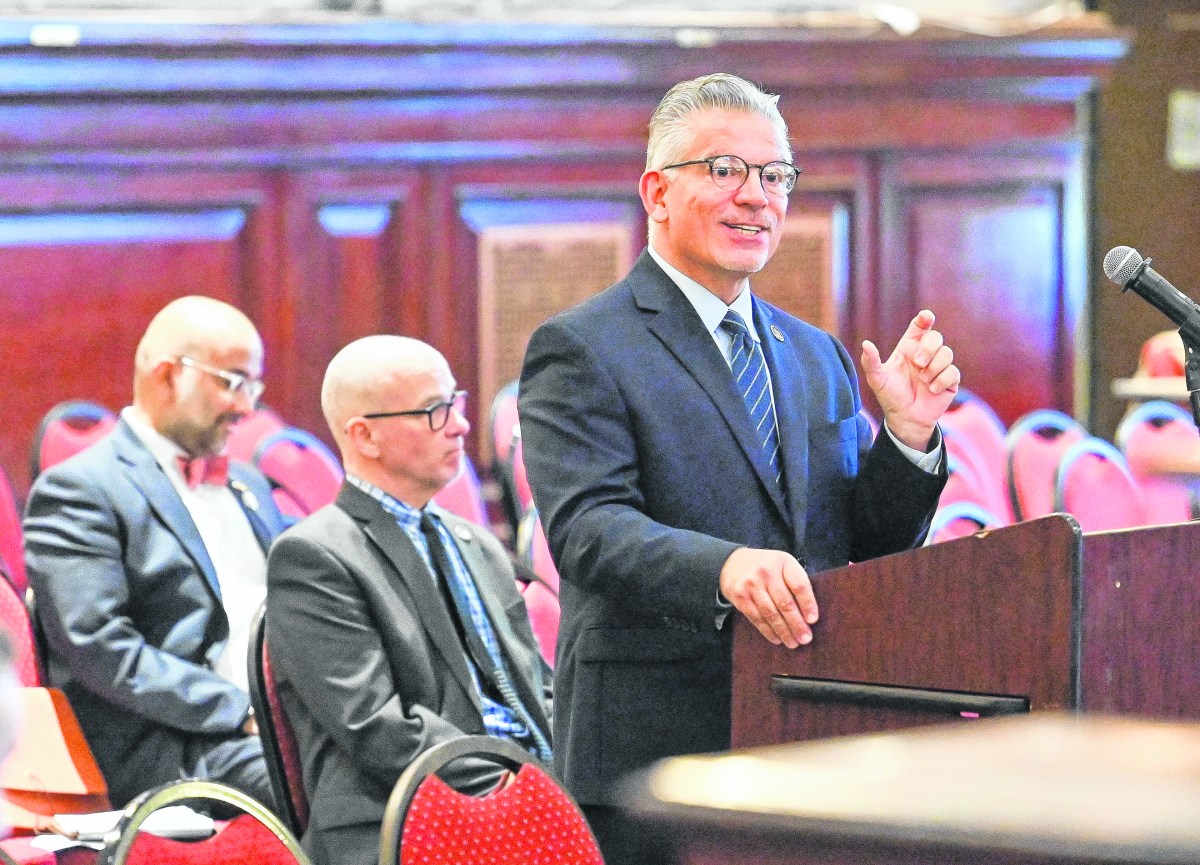
Zayas’ broader vision also includes increasing awareness around judicial elections, which he feels are often overlooked by the public. In New York, many judges are elected, yet these elections often fail to garner significant attention or voter engagement.
Zayas believes that candidates should engage with civic leaders, small business owners and grassroots organizations to better understand their communities and the concerns that impact them.
“What this means for judicial elections boils down to candidates forming relationships with civic leaders, small business owners, advocates, or grassroots party members to get a sense of what their interests are in the courts and what their concerns might be,” Zayas said.
But he is also keenly aware of the limitations imposed by New York’s ethical rules, which restrict what judicial candidates can promise.
“Because of various constraints in New York’s ethical rules, judges can’t promise anything other than ‘I will serve with integrity,’” Zayas noted.
Zayas didn’t shy away from critiquing the judicial election process, particularly when it comes to the lack of diversity on the bench in certain areas of New York City. He pointed out the disparity in Manhattan’s Supreme Court, where Latinos make up nearly 25% of the borough’s population, yet there is only one Latino judge out of 43 elected justices. He noted similar underrepresentation in other boroughs, including Staten Island.
“Those are political questions, so we can’t get involved other than to say this lack of diversity in some of these counties is not helpful to the goal that we have to build confidence in the judiciary among community folks,” Zayas said.
A collaborative approach to leadership
As chief administrative judge, Zayas said he’s committed to a collaborative approach in managing the court system. He works closely with judicial associations, unions, and other groups to ensure that decisions are made with input from all stakeholders. This, he believes, leads to better outcomes and avoids potential pitfalls.
“We’ve avoided a lot of potential mistakes because collaboration produces better outcomes and we’re more likely to avoid blind spots,” Zayas said. “And with this relationship building, we don’t necessarily agree with everybody, but it is ensuring that we’re having civil conversations about it.”
Zayas’ leadership style—marked by collaboration, transparency, and a commitment to justice reform—signals a new era for New York’s court system. His focus on expanding treatment courts, fostering public understanding, and addressing issues of diversity on the bench reflects a holistic vision for the judiciary.
“To the extent that we can be in the community more and talk to them about who we are, our lives, I think that will decrease the apprehension in the community as to what judges do,” Zayas said.
Read More: https://www.amny.com/law/




